Retro Replay Review
Gameplay
Woody Pop delivers a fresh twist on the classic Breakout formula by placing you in the shoes—or rather, the branches—of Woody, a tree spirit acting as the paddle. As you launch the ball into a toy-filled mansion, you’ll quickly discover that this isn’t just a simple brick-busting exercise. Wind-up toy soldiers, robots, and even a chugging train will emerge from mystery bricks to impede your progress, forcing you to adapt your strategy on the fly.
(HEY YOU!! We hope you enjoy! We try not to run ads. So basically, this is a very expensive hobby running this site. Please consider joining us for updates, forums, and more. Network w/ us to make some cash or friends while retro gaming, and you can win some free retro games for posting. Okay, carry on 👍)
One of the most intriguing mechanics in Woody Pop is the non-linear level selection. Instead of plowing through stages in a rigid sequence, you can choose from up to three adjacent rooms upon clearing a level. This branching path system encourages exploration and replayability, as different routes may lead to unique challenges or powerups.
The variety of power-ups in Woody Pop also sets it apart from its contemporaries. Familiar enhancements like the double-ball and the growing bat share screen time with Sega-exclusive treats such as the fire ball—which spreads flames to neighboring bricks—and the big ball, capable of demolishing tougher blocks in a single hit. Each power-up dramatically alters the pacing of play, keeping the experience fresh from start to finish.
Another subtle innovation is the partial “well” at the bottom of the screen. Unlike the bottomless pits of most Breakout clones, Woody Pop’s well only covers part of the wall. Miss the ball at the edges, and it may ricochet back into play, granting you a second chance and reducing the frustration often associated with this genre.
Graphics
Graphically, Woody Pop embraces a bright, colorful palette that perfectly captures the whimsical toy-house setting. The wooden textures of your paddle and the lively designs of the toy enemies stand out against the backdrop of shelves and walls, each level feeling like a different room filled with unique décor and playful surprises.
Despite being a mid-eighties title, the sprite work is surprisingly detailed. Characters like the wind-up soldiers and robots have distinct outlines and smooth animations, making it easy to track fast-moving threats even when the screen is crowded. The little train that occasionally chugs across the playfield is a charming visual touch that adds personality without hindering clarity.
Backgrounds are richly decorated yet never distract from the ball and paddle, thanks to thoughtful use of contrast. The wooden walls, colorful bricks, and occasional decorative elements—such as toy boxes or shelves—create an immersive atmosphere while ensuring that gameplay remains the visual focus.
Subtle animation effects, like sparks when the fire ball ignites bricks or particles flying when the big ball smashes through tough blocks, further enhance the presentation. These small flourishes reinforce the sense that you’re interacting with a lively, toy-filled world rather than a static grid of blocks.
Story
While Woody Pop isn’t a narrative-heavy title, it weaves a charming backdrop to its brick-busting action. You play as Woody, a benevolent tree spirit summoned to restore order to a toy mansion overrun by wayward toys. This simple premise gives context to the eclectic cast of obstacles and the game’s overall aesthetic.
The branching room system mimics a light quest structure: clear one chamber of bricks to unlock choices of where to go next. This sense of exploration, though minimal in exposition, fosters a feeling of progression and discovery as you piece together which pathways lead to the final showdown.
Occasional cut-in animations—such as Woody springing to life when you lose a life, or toys emerging from blocks with a mechanical whir—add character without slowing down the pacing. These brief moments reinforce the toy-house theme and maintain engagement with the world’s playful story elements.
Overall, the narrative component of Woody Pop functions as a delightful garnish. It never gets in the way of the core gameplay but provides just enough flavor to differentiate it from other Breakout clones of the era.
Overall Experience
Woody Pop stands out among mid-eighties Breakout clones by combining charming visuals with inventive level design and a modest dose of non-linearity. Its unique power-ups, interactive toy obstacles, and forgiving well mechanic make it accessible to newcomers while still offering depth for seasoned players.
The game’s pacing is well-balanced, with moments of high-octane action when multiple enemies join the fray, followed by calm intervals as you line up the perfect shot. The freedom to choose your next room keeps you invested in each play session, and multiple paths assure good replay value.
While modern gamers might find the simplicity of breakout-style controls and pixel resolutions nostalgic rather than cutting-edge, Woody Pop’s playful theme and thoughtful design choices ensure it remains enjoyable. It’s a perfect pick for those seeking a retro arcade challenge that rewards precision, timing, and strategic use of power-ups.
In summary, Woody Pop is a delightful, well-crafted take on the classic brick-buster. Its combination of quirky obstacles, branching paths, and engaging visuals make it a standout title of its time—and a worthwhile adventure for any fan of retro arcade action.
 Retro Replay Retro Replay gaming reviews, news, emulation, geek stuff and more!
Retro Replay Retro Replay gaming reviews, news, emulation, geek stuff and more!

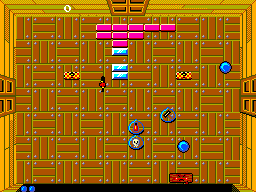

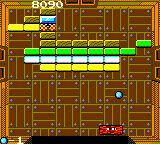
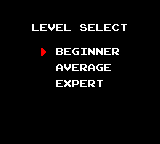
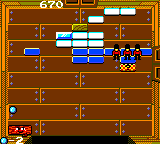

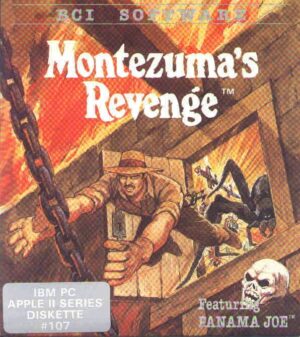
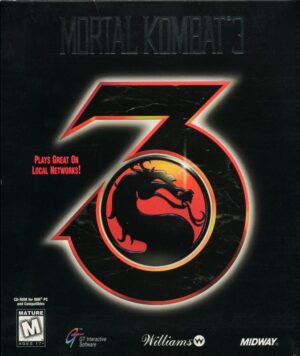
Reviews
There are no reviews yet.